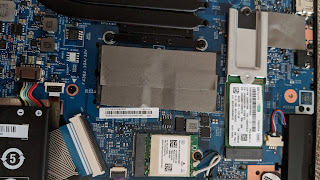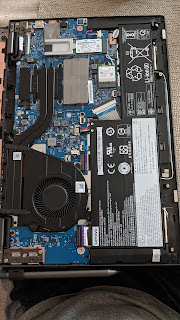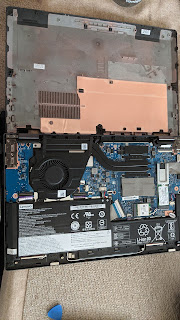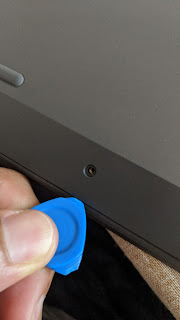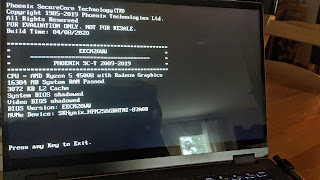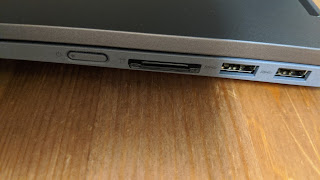Pixelbook and the Home Admin Network
Today I have marked the 10th day with my new Pixelbook. I am already feeling some of the limitations when it comes to my home network and when it involves Network Attached Storage systems (NAS). Below is breakdown of some basic Home Admin Network tasks and what I do to complete these on a Pixelbook.
Drobo 5N
The summary here is to not bother with purchasing a Drobo if you are going to be a full time Pixelbook user. Don't bother considering any of the Drobo direct attach solutions. You need the Drobo application to start configuring it and to create shares for your network. That application is supported only on Windows or Mac OS. There isn't a Linux application and there isn't a Web interface for it. So do yourself the favor and don't bother with a Drobo.
I can still work with a Drobo since I have other computers I can use to manage it but what's the point? There are better solutions out there for the same price but probably don't look as good. Drobo's are designed well and do not take up a whole lot of desktop space. These devices are quiet, reliable, and easy to use. The only downside is the lack of admin controls apart from the Windows and Mac only applications. Sorry Drobo but it's been years now, you should have a solution for users who don't have a Windows or Mac systems.
Synology DS916+
This is going to sound like a sales pitch, because this is hands down the best solution for any Pixelbook power user. With this one NAS you can reach the following from the Pixelbook running ChromeOS:
- Everything running on DiskStation Manager Desktop (DSM).
This means you can run docker containers, VM clients, VPN clients, Administer the Volumes, Administer the entire system. Having the DSM run as of a web application and allowing for the entire system to be accessed from there is a great tool for any Pixelbook user.
Troubleshooting Home Networks
I chose my words carefully for this subheading, because there is a huge difference between enterprise networks and home networks. Sometimes the difference is just hardware and other times it is the way the hardware must be accessed in order to configure it. Home Network devices such as routers, switches, firewalls, and wireless access points mostly all have a web interface to access and configure these devices. So using a Pixelbook is not a problem.
Even troubleshooting at the console level is possible. The Pixelbook recognizes USB to Serial adapters and you can use the Chrome Extensions
Serial Term in order to establish a serial console connection to a device. Even
Ubiquiti has an extension to reach devices on the network. There android apps for pings, few options for port scanning, and Proxy extensions can really help identify Firewall issues. Overall, it isn't at all impossible to troubleshoot home networks.
Encryption
To put it in simple words, the Pixelbook in terms of external drive encryption lacks all the ability to try and protect oneself from a lost drive. Totally disappointing and they shouldn't allow for this go on further. Encrypting one's storage is about personal privacy beyond the device.
Summary
A Synology NAS and some Chrome extensions later, we can have a working environment in minutes. The NAS would allow us to focus on the most important work we have and feel confident that the Pixelbook will have access to data stored in a reliable solution.

